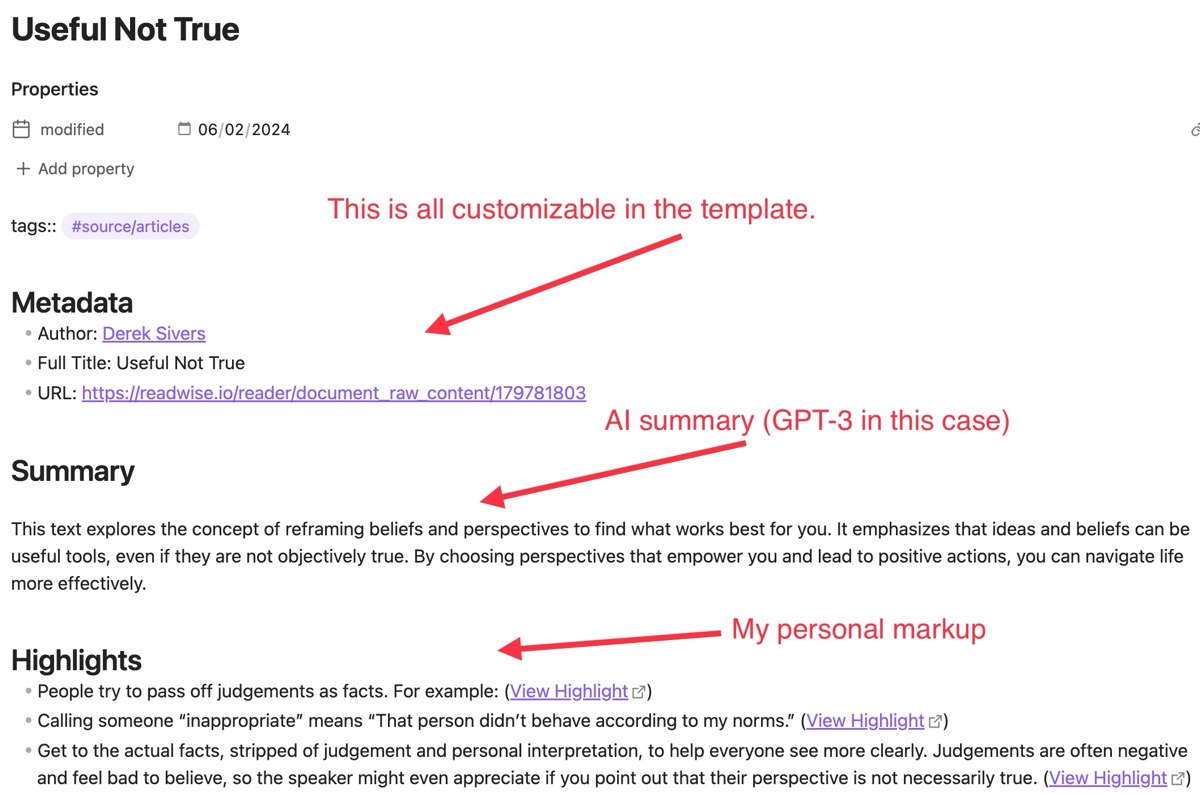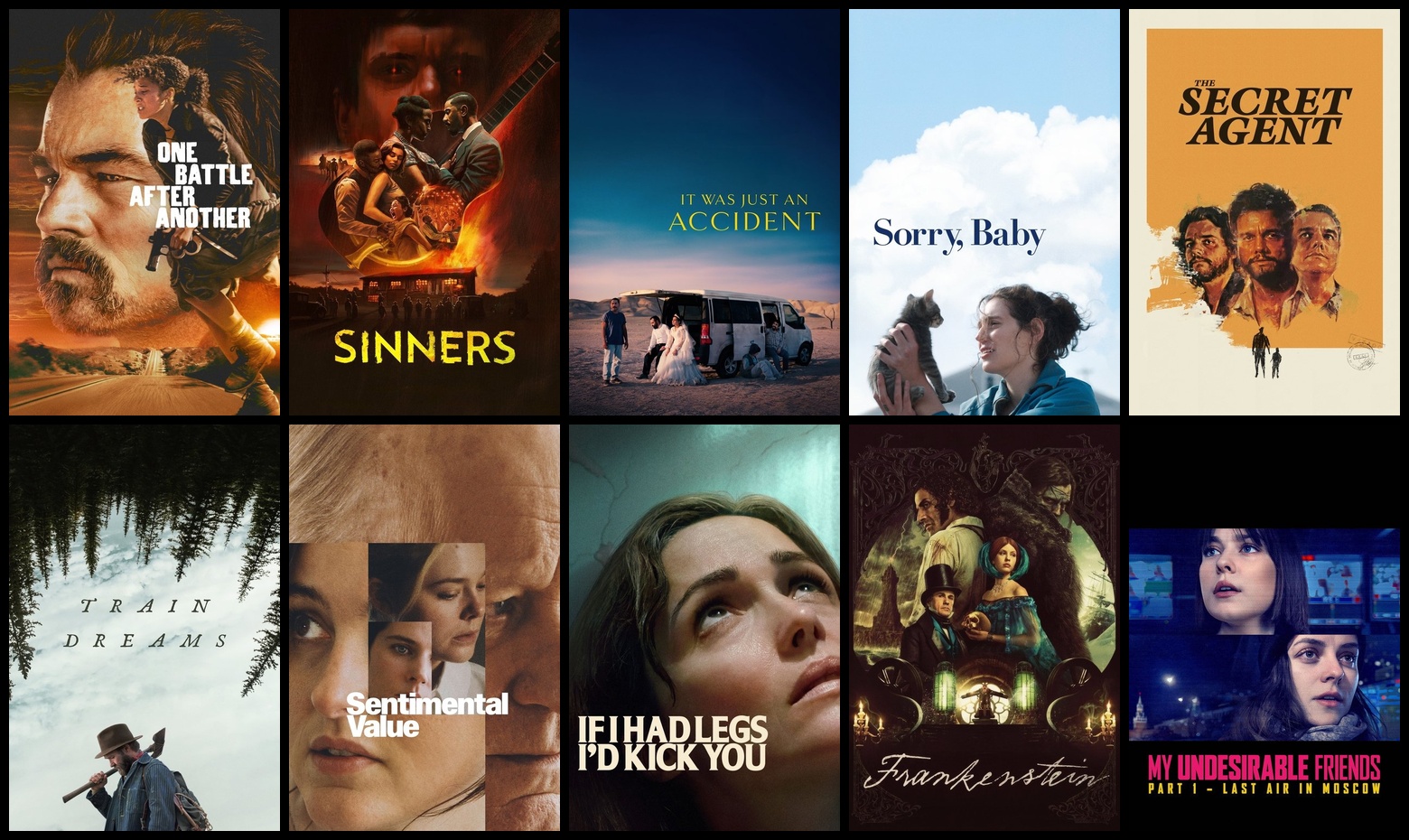Read Later Workflow
I last wrote about “long reads” and read later workflows back in 2011. Time for an update.
 My Readwise Reader dashboard
My Readwise Reader dashboard
Here’s the basic idea of a read later workflow:
- You encounter something while doing routine scanning (email, RSS feed, etc.) or when someone sends you a link.
- You don’t have time to read it right now, or you think you might want to capture highlights or write some notes about the item.
- You capture it into your read later ecosystem.
- Later on when you have the time and appropriate focus, you choose an item from that ecosystem to dive into.
- While doing so you might capture some highlights or write your own notes about what you consumed.
- These annotations work their way into your personal knowledge management (PKM) system.
Hey, maybe you don’t need a system like this, but I think most folks could benefit from something that at least covers items 1-4. That’s what I was focused on when I wrote the article above on Instapaper.
For a few years I’ve been more deliberate about capturing knowledge in a trusted system: things I need to remember, advice from others, factoids, and so on. The tool I use for that is Obsidian, and I wrote about that in depth about two years ago. Still missing though was a reliable way to connect my read later workflow with Obsidian.
I’ve been on-again / off-again with Readwise (that’s a personal invite link from me) for many years. Readwise is a difficult service to describe. It started as a highlighting tool, allowing you to mark up content on a variety of platforms and consolidate the results into a single hub. An early use case for me was to tie Readwise into Instapaper and my Kindle eReader, allowing me to capture highlights while reading long-form articles. The problem for me is that I didn’t have a reliable way to do anything with those highlights. The act of marking up helped with some retention, but they mostly just vanished afterwards.
Two things happened in the last two years to give me a solid workflow for each of the steps 1-6 above: the introduction of Readwise Reader, and the Readwise plugin for Obsidian.
The Readwise Reader is a replacement for Instapaper (and other read later apps like Pocket) and I think it is the best one I’ve used. The app is getting constant updates, in a good way, including valuable features like:
- Solid iOS, iPadOS, and MacOS apps
- AI content summaries via their Ghostreader feature
- Support for YouTube content, allowing you to annotate via the video text transcript.
- Integration with my favorite RSS feed reader, Reeder.
The YouTube integration is a killer feature: I can capture a video (a policy or philosophy video, golf swing tip, boardgames strategy), watch it later with the intention of actually remembering some of the content, highlight text from the transcription, and have it automatically synchronized to Obsidian.
The Reeder / RSS feed integration is cool to: by simply favoriting / starring a feed item, Readwise will automatically pull that article into its library for later processing. This integrates nicely into my morning routine when I go through my feeds but don’t necessarily have time to fully process some of the longer articles.
 Article highlight notes pulled into Obsidian
Article highlight notes pulled into Obsidian
Finally, the Obsidian integration is the key link that helps me with retention and sense-making of all this content. The plugin has the proper amount of configuration options: you can sync on demand or automatically, you can control where the synchronized notes go, and most importantly you can control how the notes will be formatted via their templates and placeholders.
 An example auto-generated article summary
An example auto-generated article summary
I like to include the AI-generated summary in my synced note. Here’s an example from this article on NIMBYism in San Francisco:
San Francisco’s history of collective decision-making stopped highways from dividing the city in the past but now hinders the construction of much-needed housing. The city’s approval processes give veto power to those opposing change, contributing to a housing shortage and high prices. Calls are growing to re-centralize decision-making to address the housing crisis and prevent local interests from impeding city progress.
Below that summary will be my aggregated notes, which might build over time for a particularly long article. Because Readwise supports eBooks (PDF, ePub, etc.) you can even use the Readwise Reader to read very long form writing, though I only recommend this for non-fiction and reference material. The eBook reader isn’t great but is serviceable; I still prefer using MapleRead on my iPad for this purpose, though getting my highlights out of this reader is a mostly manual process.








